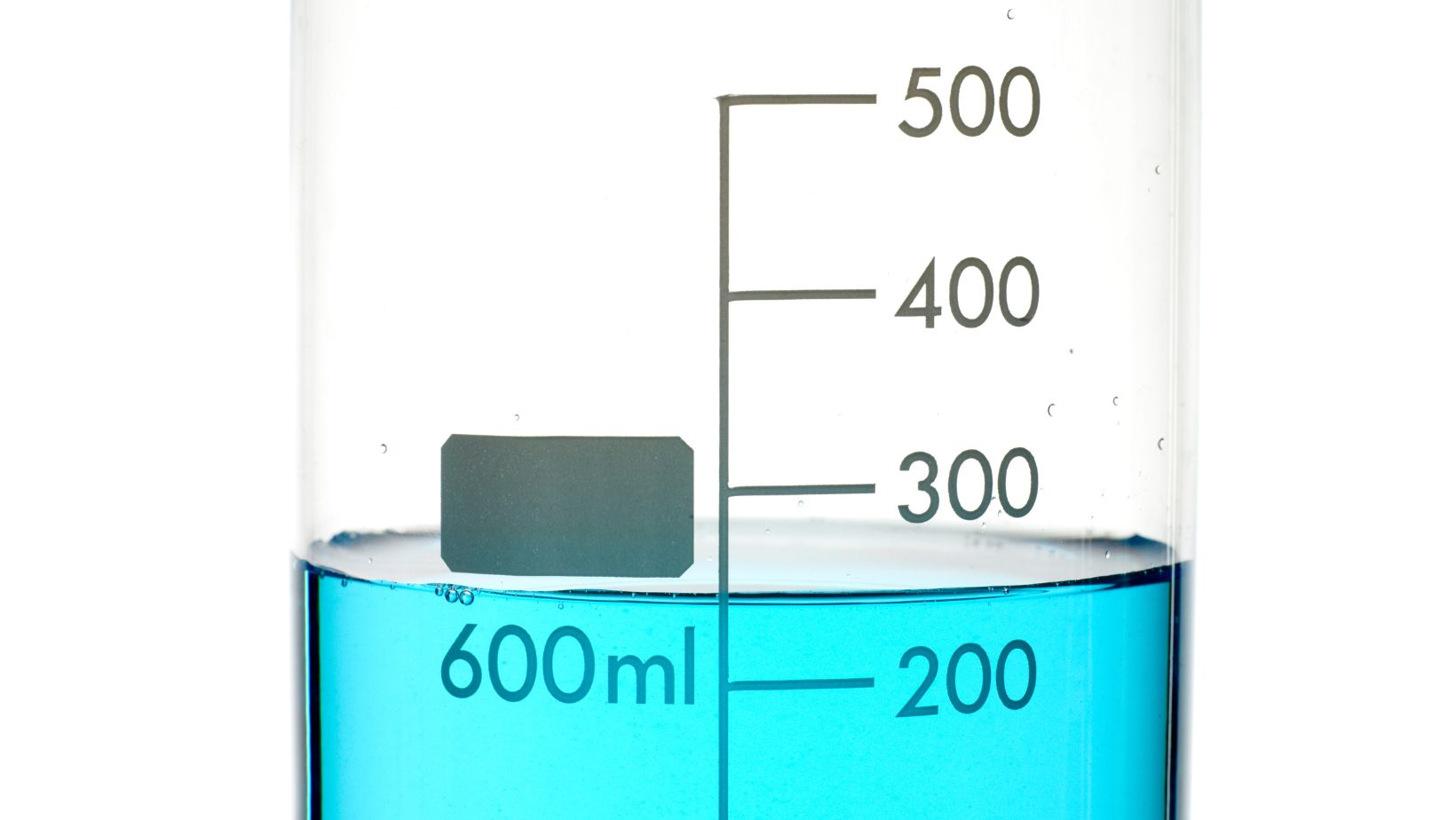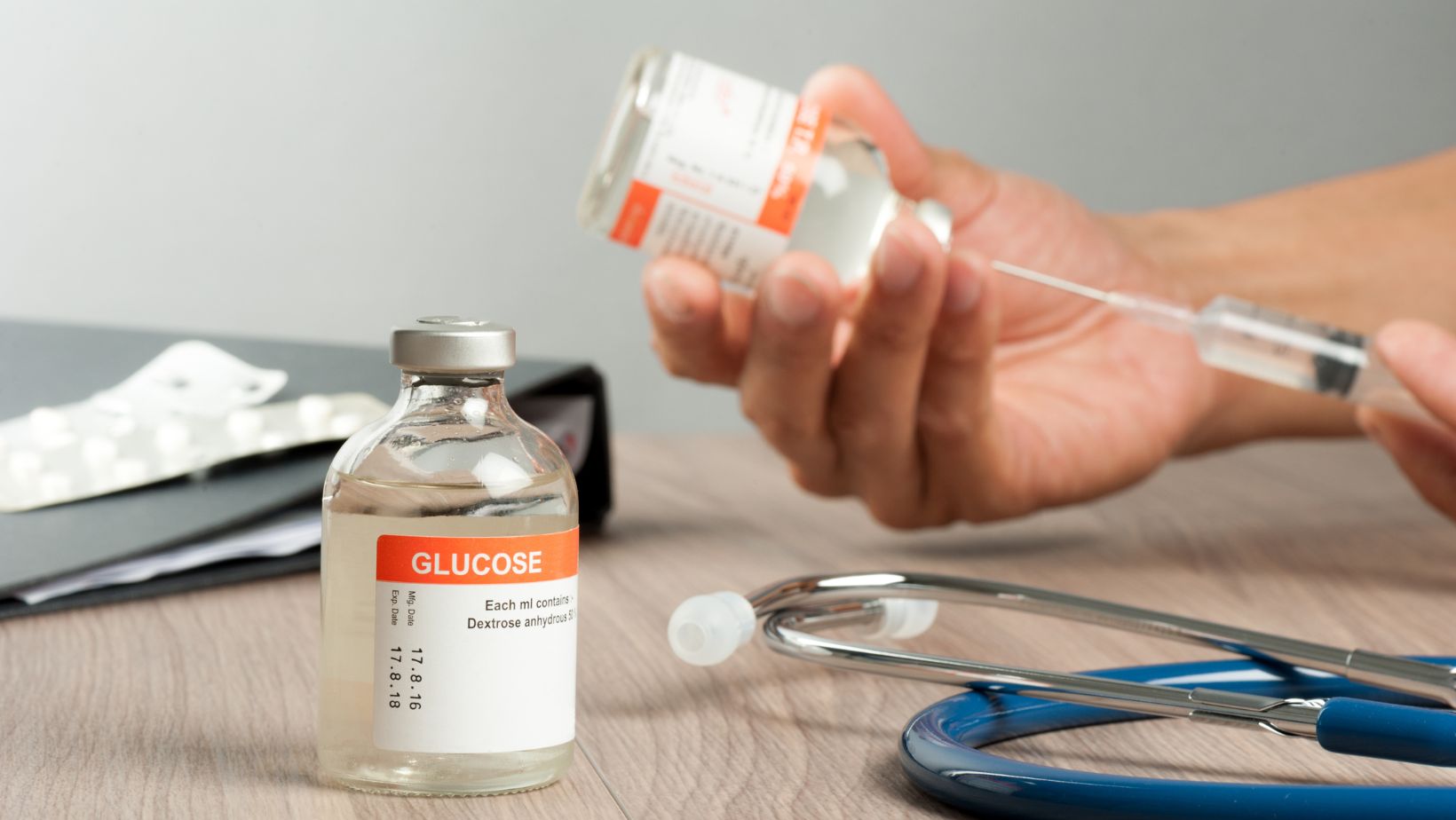Easy Guide to Liquid Measurements: How Many ml in a Glass
Understanding Measurements: ml and Glass
We’re diving into the world of measurements today, specifically milliliters (ml) and glasses. Sometimes, we’re left scratching our heads when a recipe calls for a certain number of ml or glasses. Let’s unravel this mystery together.
First off, let’s clarify what “ml” stands for. It’s an abbreviation for milliliter, a metric unit of volume that is one thousandth of a liter. To put it into perspective, think about your daily water intake. The average person needs approximately 2000 ml or 2 liters of water per day.
Now, onto the term “glass”. This one’s a little trickier because the size of a glass can vary significantly based on where you are in the world or even what kind of beverage you’re serving! For example:
- A standard wine glass in the US holds about 150 ml.
- A pint glass used for beer in the UK contains around 568 ml.
So how many ml are there in a glass? There isn’t an exact figure since ‘a glass’ doesn’t denote any specific volume universally. It depends largely on factors such as geography and type of drink involved.
Nonetheless, we’ll help you navigate through these conversions with ease.
Standard Measurement for a Glass in ml
We’re diving into some specifics here, discussing the standard measurement for a glass in milliliters (ml). The most common glass sizes you’ll encounter are typically between 200 to 250 ml. However, it’s not all black and white; let’s delve a little deeper.
What we’ve found is that the size of a typical drinking glass varies significantly depending on where you are in the world. For instance, in Europe, a ‘standard’ wine glass serving is considered to be 125 ml. Meanwhile, over in Australia and New Zealand, they’re accustomed to larger portions with their standard wine glasses holding approximately 150 ml.
But what about other types of glasses? Let’s talk measurements:
- Highball Glass: These tall glasses usually hold around 350 ml. They’re perfect for long drinks or cocktails served over ice.
- Tumbler Glass: A traditional tumbler or “rocks” glass typically holds between 180 to 300 ml. It’s your go-to for whiskey or scotch.
- Shot Glass: The small but mighty shot glass measures up at just around 30 to 60 ml.
So there you have it – the standard measurements for various types of drinking glasses. But remember: these numbers aren’t set in stone – different regions may have their own norms when it comes to the size of drink servings!
How Many ml in a Glass
We’ve all been there, staring at a recipe that calls for a specific amount of liquid in milliliters (ml), while we’re left holding a glass and wondering how much it actually holds. Let’s shed some light on this common kitchen conundrum.
A standard drinking glass typically holds around 240 to 300 ml of liquid. That’s right, the average juice or water glass you’d grab from your cupboard isn’t as big as it might seem. This is roughly equivalent to 8-10 fluid ounces for those using the Imperial system.
But remember, not all glasses are created equal! Here are some typical volumes for different types of glasses:
- Wine Glass: Usually holds between 150-180 ml
- Beer Pint: A pint is approximately 473 ml
- Shot Glass: These tiny vessels contain about 30-44 ml
Keep in mind these figures can vary depending on where in the world you are. Some countries have standardized measures for alcoholic beverages which might differ from what we’ve listed above.
If you’re following a recipe or measuring out drinks, it’s always best to use a proper measuring jug or cups. Yet if you find yourself without these tools, knowing the rough capacity of your typical household glasses can be incredibly useful!






